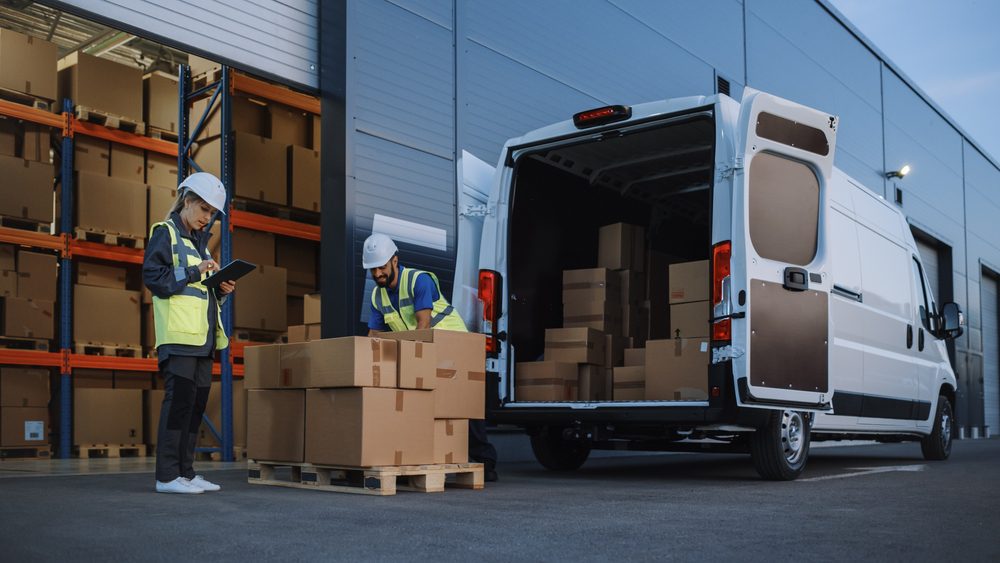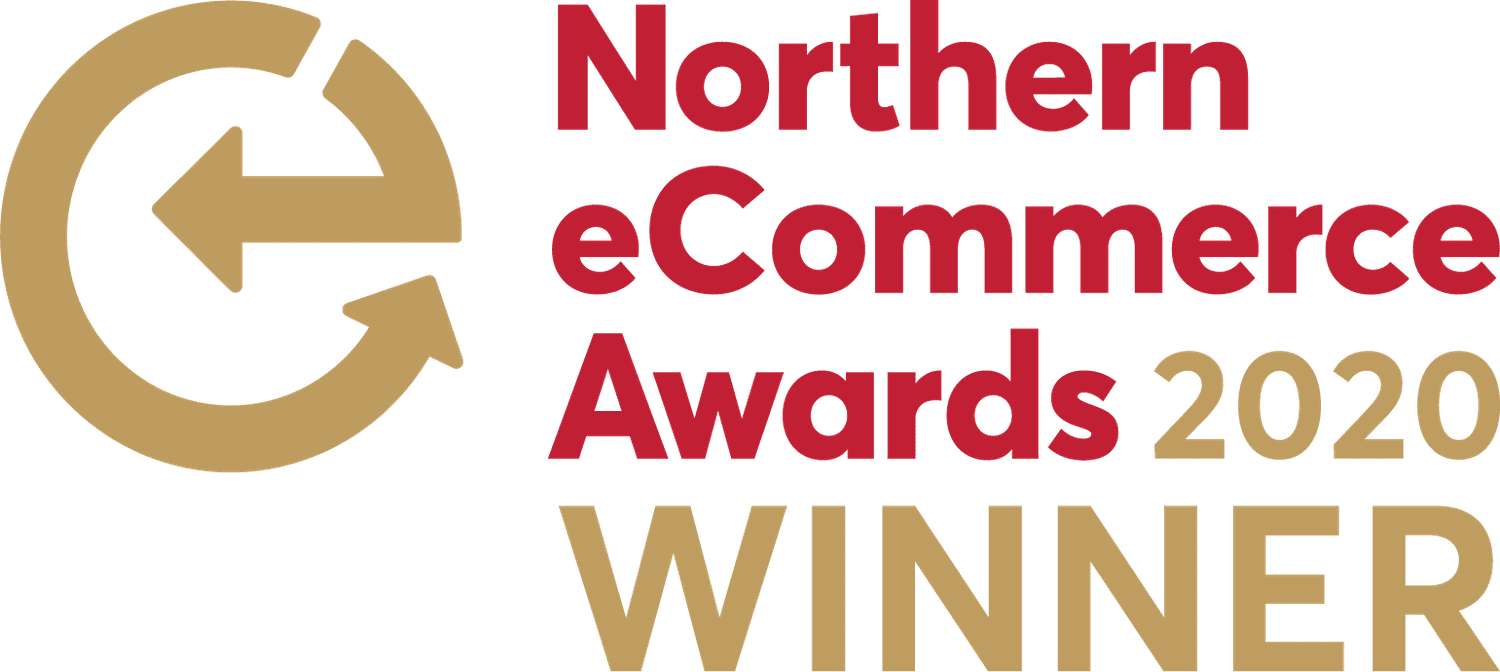Are you providing the best possible last-mile delivery experience to your customers? For eCommerce businesses, it’s more important than ever that your customers receive their packages on time and undamaged. If you want to make sure that you’re meeting those expectations, then you need to read 3PL’s guide to delivery management.
What is delivery management?
For eCommerce businesses, delivery management refers to the process of getting your packages from your fulfilment centre to a customer.
On the face of it, it doesn’t sound too challenging does it?!
But, when you start carrying out deliveries at scale, the challenges soon stack up. Keeping track of multiple packages, drivers, delivery routes, deadlines and more can be a massive challenge.
Delivery management aims to make those challenges easier to handle by providing a set of processes and tools to help you more effectively manage your fulfilment.
Why is delivery management important?
Do you really need to go to the time and effort of introducing processes and tools to manage the various stages of your fulfilment?
The answer is a resounding yes.
In the world of eCommerce it’s no longer sufficient to offer great products at great prices. To be truly competitive, you need to offer an excellent post-purchase experience.
And, arguably the most important part of the post-purchase experience for consumers is receiving their orders quickly and without any damage.
Don’t just take our word for it though. According to research body Statista, 43% of online shoppers view fast and reliable delivery as the most important factor when choosing where to shop.
Delivery management then is crucial to keeping that 43% happy.
What are the benefits of delivery management?
So far, delivery management may seem a little nebulous. Sure, it promises to provide a set of processes to make your fulfilment process to customers more efficient. But, is that it?
Not at all. Delivery management provides a wealth of other benefits, including:
Faster deliveries
Delivery management involves the introduction of proper route planning into your fulfilment process, meaning your drivers or couriers are charged with using the most efficient delivery routes possible. This results in faster deliveries overall.
Improved productivity
By making every aspect of your fulfilment process more efficient, delivery management will improve overall productivity. Why? Because each process is more efficient, your team will be able to get more tasks completed per shift.
Reduced waste
Because your processes are more efficient, you’ll reduce waste. For example, a better pick and pack process will result in less waste packaging and incorrectly fulfilled orders. Likewise, optimised delivery routes will reduce the amount of fuel that’s wasted on unnecessarily long delivery routes etc.
Improved customer satisfaction and retention
We know we’ve already mentioned this as a reason why delivery management is important, but we can’t stress it enough.
Today’s eCommerce market is so fiercely competitive, and customer expectations so high, that an efficient fulfilment process truly does become a competitive advantage. There’s a good reason why Amazon promotes its fast, fault-free delivery service so heavily.
Get your fulfilment right by using delivery management processes and you’ll not only have a bunch of very happy customers, but you’ll have a bunch of very happy return customers too.
Reduced operational costs
This may seem like a rather obvious point, but by introducing delivery management processes to improve the efficiency of your fulfilment, you’ll reduce your overall operational costs.
Think of it this way; if your team is more productive, your drivers aren’t driving as many unnecessary miles and you’re not dealing with returns as a result of incorrectly filled or damaged orders, your overall cost of doing business is going to be reduced.
Top delivery management processes to improve your fulfilment
Okay, so we’ve given you chapter and verse on the benefits of delivery management processes and why you need to introduce them. Now, it’s time to introduce you to the top delivery management processes that you should introduce into your eCommerce fulfilment.
Route management
This is a process which can be fairly challenging to implement, but can have some of the biggest results for your fulfilment.
Not only do you need to be able to plan, manage and track multiple routes at once, but you need to ensure that the routes your drivers are taking are the most efficient.
This isn’t as simple as picking the fastest route from point A to point B. You need to consider multiple factors including the delivery windows you’ve given customers, vehicle capacity, driver schedules, traffic patterns, road works, diversions and more.
Should your eCommerce business scale enough, then it can make sense to invest in dedicated routing software to help make route planning much easier and largely automated.
Optimise your inventory management
When a customer places an order through your website, you want to be able to fulfil it immediately.
You don’t want to send the order to your fulfilment team only to find that you’ve run out of stock. You’ll be almost certain to lose the order to a competitor who does have the item in stock.
Beyond that, overstocking, understocking and shrinkage can all be costly, soaking up time and money that could be better spent elsewhere in your fulfilment process.
With that in mind, a key delivery management process is the introduction of proper stock control and inventory management.
Ideally, you’ll be able to invest in proper inventory management software, as this will enable you to keep a track of essential tasks such as setting minimum levels of stock, optimising your storage and order systems, carrying out stock checks and more.
Create shipping labels easily
This sounds like a small thing, but it can quickly add up to big gains in your fulfilment process.
If done manually, creating shipping labels can be extremely time consuming. Not only that, but given a large enough number of shipping labels that need to be created, errors are bound to slip in, causing delivery delays and customer dissatisfaction.
Instead, it’s far better to automate the generation of your shipping labels. This is not only quicker, but far more accurate. The easiest way to do this is to outsource your fulfilment to a specialist provider such as 3PL, which has systems in place to automate shipping label generation.
Centralise your data
One of the most important delivery management processes you can introduce is the centralisation of your fulfilment data.
Ideally, you want to be able to track all of your data, from order details to the progress of the order through your fulfilment process in a single dashboard.
This will give you visibility over your entire fulfilment process, meaning you can spot problems before they occur, improving the success rate of each individual order.
Outsourcing your fulfilment
The one thing that you can do that’ll have the biggest impact on the success of your fulfilment is to outsource it to a third-party provider.
Outsourcing your fulfilment to a company like 3PL means you don’t have to worry about all of the complexities involved in ensuring a smooth, reliable last mile fulfilment process for your orders.
Plus, you won’t have the cost of investing in the various systems that we’ve outlined above.
You can concentrate on what you do best – marketing and selling your amazing products – whilst a team of time-served logistics experts focuses on what they do best – getting your products from you to your customers in the fastest and safest way possible.
Want to find out more about outsourcing your fulfilment? Speak to 3PL today!
For more eCommerce logistics and fulfilment advice, read the 3PL blog…
What Is an Order Fulfilment Strategy? | How to Pick the Best Shipping Company for Your eCommerce Store | When to Make the Switch From In-House to Outsourced Fulfilment?







